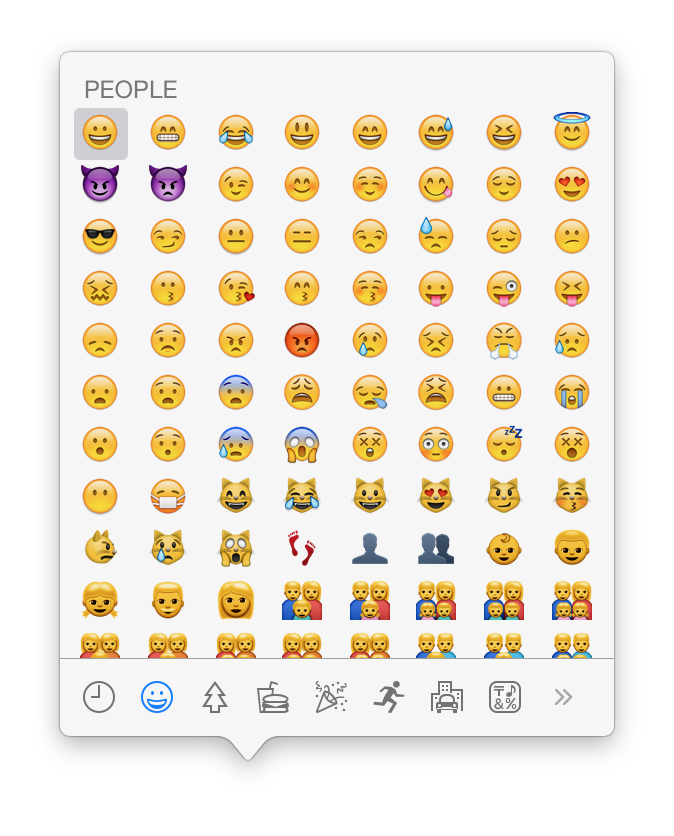Why I’ve Accepted Defeat and Embraced Emojis, Emoticons, and Smileys

For many, many years I refused to use emoticons. I was a hard case, an old man, a prideful English major with a chip on my shoulder the size of a continental shelf.
Even after email and texting had become by far the primary communication vectors in my day-to-day life, I insisted on proper grammar and capitalization in all electronic dispatches. There would be no effing sideways smiley faces in my correspondence.
Alas, I have recently and reluctantly abandoned my steely resolve. I feel defeated, to a degree, but also strangely liberated. It’s sort of like being a Detroit Lions fan. Once you learn to accept the relentless losses, you realize that the universe is simply aligned against you and your chosen cause.
It was the king of emoticons — the smiley face — that finally broke my will. Because the terrible truth is that, in the realm of email and texting, the smiley face is frequently useful and sometimes straight-up necessary.
Tone is famously difficult to impart in email. Like a lot of people, I suspect, I got into plenty of trouble in the early days by trying to deliver deadpan jokes electronically. In fact, I almost got fired once when irony wasn’t successfully transmitted in an email (which would have been ironic). Text is an unreliable platform for communicating sarcasm or irony, I’d always thought. You can’t wink. You can’t smile.
Except, with the advent of emoticons, you suddenly could — and, in fact, everybody was. But that stupid smiley face was too broad, and I wasn’t about to learn some arcane code of lateral semicolons to approximate sideways winking or whatever.

The unrelenting cascade of incoming emoticons finally broke my will, and I started occasionally, warily putting smiley faces at the end of select messages. The final nail in the coffin came earlier this week when Oxford Dictionaries — long the unofficial arbiter of proper English usage — chose an emoji as its 2015 Word of the Year. This one:


That’s right — not the word “emoji.” But an emoji.
On the off chance you’re unaware, emojis are like the next evolutionary step of emoticons. They’re actual pictures instead of adjacent keyboard symbols, but their function is essentially the same. Emoji refers to a system of digital ideograms initially developed in Japan in the late 1990s — the term translates roughly to “picture” plus “character.” It’s similar to the English word “emoticon,” but the resemblance is actually coincidental. Emoticon is a portmanteau of “emotion” and “icon.”
Oxford refers to its Word of the Year-winning emoji as “Face With Tears of Joy.” According to research conducted in partnership with the mobile tech company SwiftKey, it’s the single most popular emoji used worldwide. Oxford Dictionaries’ official statement declares that the emoji “was chosen as the ‘word’ that best reflected the ethos, mood, and preoccupations of 2015.”
Well, that’s it then, isn’t it? When Oxford Dictionaries’ Word of the Year is not actually a word, then the fight is officially over. The living language wins again. The living language always wins.
Look, I know when I’m beat. Let me just say for the record that I, for one, welcome our new ideogrammatic overlords. Insert Face With Tears of Joy. Thank you.
Don’t miss these other awesome Yahoo Tech stories:
What People Really Think of the iPad Pro: It’s too Darn Big!
Blackberry Priv: A Sweet Android Phone With a Slider Keyboard
Glenn McDonald writes about the intersections of technology and culture at glenn-mcdonald.com and via Twitter @glennmcdonald1.
